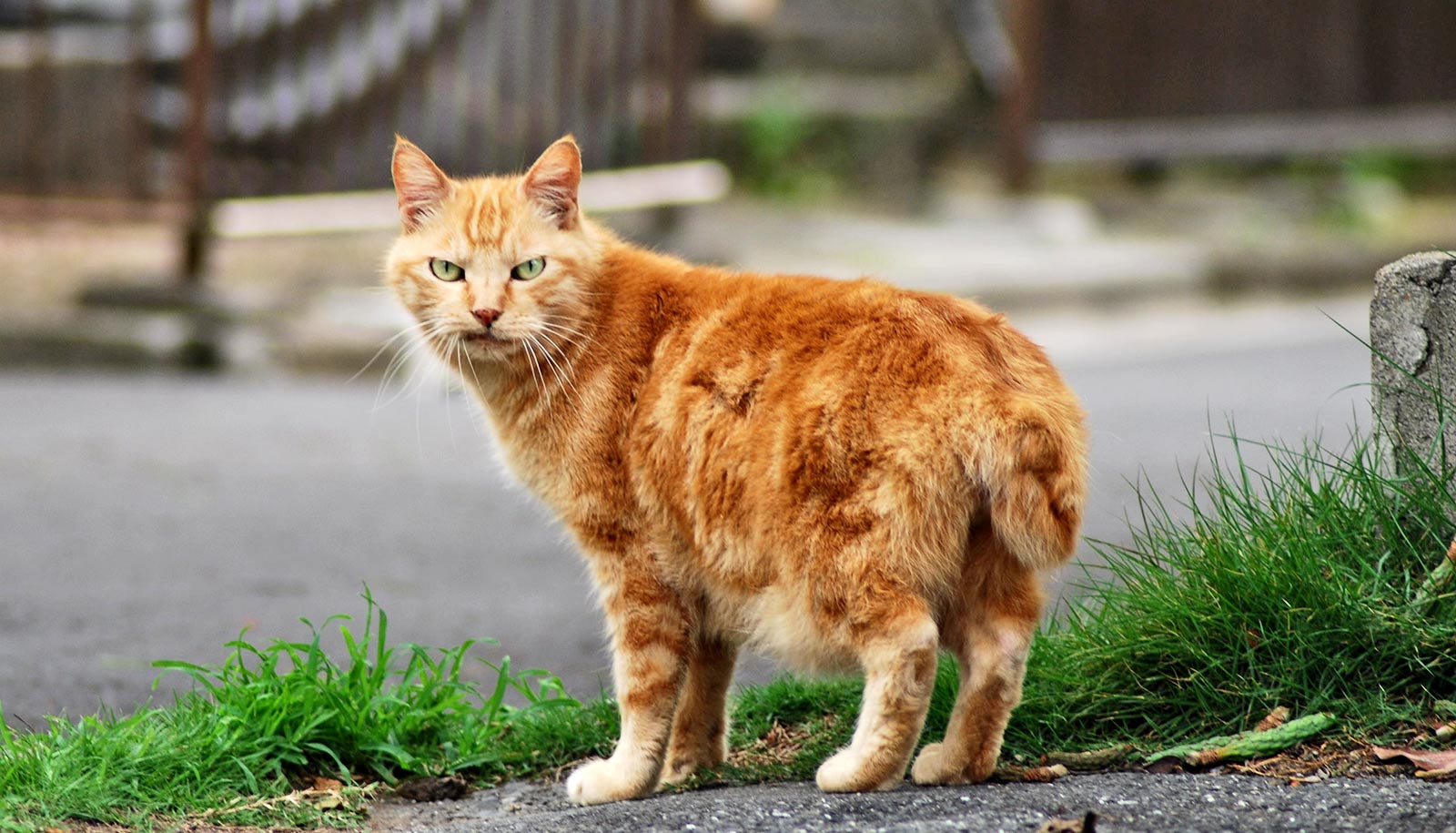Wild, stray, and feral cats living in areas with higher human population density tend to release—or “shed”—a greater amount of the parasite that causes the disease toxoplasmosis, according to a new study.
The study also draws links between environmental temperature variation and parasite shedding.
While the findings do not establish any causal relationships, the study suggests that rising human population density and temperature fluctuations may create environmental conditions that exacerbate the spread of Toxoplasma gondii and other infectious diseases.
“As one of the most common zoonotic parasites in the world, observing how Toxoplasma gondii oocyst shedding may change disease patterns in human and wildlife hosts could highlight pathways to reduce current and future pathogen transmission,” says Sophie Zhu, a PhD student with the School of Veterinary Medicine at the University of California, Davis.
Toxoplasmosis is a mild-to-severe disease caused by T. gondii, which can infect warm-blooded vertebrates, including humans and many wild or domestic animals, such as cats, sheep, mice, birds, and sea otters.
Most T. gondii transmission is driven by wild and domestic cats shedding the parasite at a certain stage of its life cycle known as oocyst. However, prior research has primarily focused on T. gondii oocyst shedding from owned domestic cats, with less known about wild, stray, and feral cats.
To boost understanding of T. gondii shedding, Zhu and colleagues analyzed data from 47 previously published studies on wild cats, such as cougars and bobcats; unowned free-ranging domestic cats, including stray cats; unowned outdoor cats fed by humans; and feral cats not fed by humans.
The data spanned regions around the world, and the researchers examined a variety of human- and climate-related factors that could be associated with T. gondii oocyst shedding.
The analysis showed that a greater degree of T. gondii oocyst shedding was observed in places with higher human population density. It also showed that higher mean daily temperature fluctuations were associated with more parasite shedding, specifically from domestic cats, and that higher temperatures in the driest quarter of the year were associated with lower parasite shedding from wild cats.
On the basis of their findings, the researchers suggest that policymakers could focus on managing feral cat populations to help reduce T. gondii transmission.
The study appears in the journal PLOS ONE. Additional coauthors are from the University of Nebraska-Lincoln and UC Davis.
Source: UC Davis



